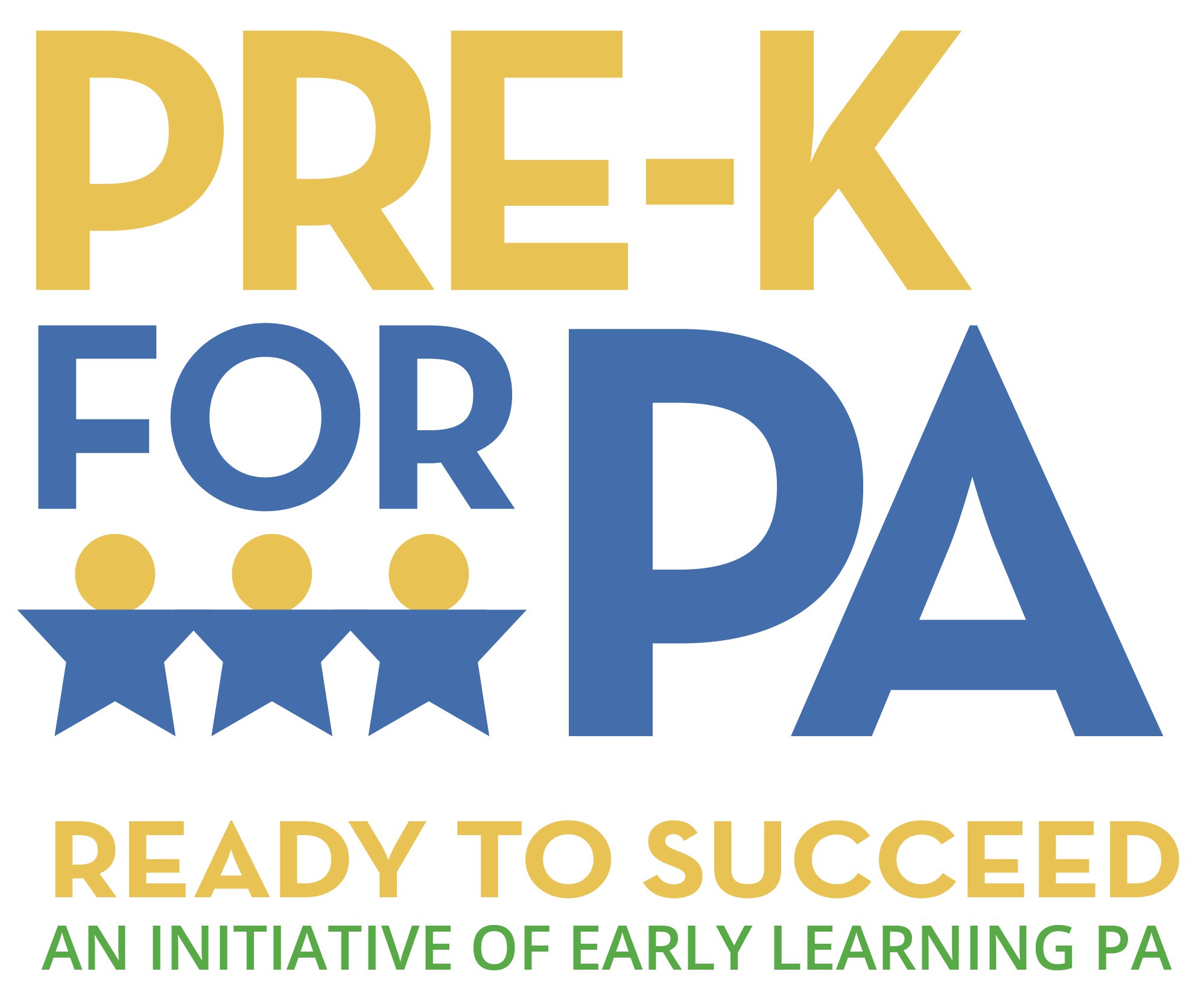Erie Reader: Pre-K for PA
Perry Elementary’s pre-K classroom was buzzing with activity – it looks a bit like play, and it looks a lot like fun, but there is a clearly defined mission: student success in the formative educational years to come. It was the middle of “activity center” time, during which students self organize, go where they want, and do mostly as they please, as long as the activities are constructive and purposeful.
From 8 a.m. to 2 p.m., students engage in a multitude of activities from writing their names on a chalkboard next to their name tags as a form of practice in both handwriting and spelling, to student-selected independent and small-group activities – like activity centers – designed to reinforce teacher-led instruction and lessons from daily reading exercises. The teacher’s role during these activities is to facilitate the activities and monitor the language the children use to ensure that their vocabulary is expanding and being used in an appropriate way.
On the morning I arrived at Perry Elementary, the mostly four-year-old students were scattered throughout the classroom in what can best be described as organized chaos. But at the heart of the chaos sit the keys to future success. That’s because pre-K education isn’t about rote memorization of letters and numbers, it’s about helping students develop social skills and beginning the process of creating independent learners.
“The social skills that the children develop in activity centers is really amazing,” says Peggie Conn, a prekindergarten and kindergarten coach for the Erie School District. “It’s a routine day and the children know what to expect. After the first month of school, the kids kind of run the room.”
The Erie School District houses and supports several local pre-K programs through Pre-K Counts grants, which provide funds for school districts and agencies to make high-quality pre-K seats available to the communities they serve.
“You can walk into a pre-K classroom anytime, unannounced, and you’ll see serious learning going on,” says Erie School District director of communications Matt Cummings.
That’s essentially the definition of “high-quality” pre-K. Students are engaged in rigorous educational activity that prepares them for social and academic success in kindergarten and the first few years of elementary school that follow.
In the “block center” of the room, two boys constructed a dentist office from cardboard blocks. It was complete with a dentist and a patient and reflected a story they had read earlier that week about going to the dentist. A group of girls role-played in the “dramatic play center,” acting out a different story. In the reading corner, a girl “read” independently on a blue patent leather couch as she listened to the story on headphones, an exercise that helps the kids identify words they hear as well as allowing them to model reading behavior. Across the room, from the reading cove, in the music corner, a girl and boy sang – what else – “Let it Go” from Disney’s Frozen.
Yes, it’s play. Yes, it’s fun, but it is all in the name of preparing students for success when they get to kindergarten. Whether or not a child succeeds in kindergarten can lay the foundation for success or failure throughout that child’s educational career. Appropriate or not, children who fail kindergarten have a stigma that follows them
throughout their elementary and secondary schooling, and the metrics for student success are often better measured in the home rather than in the classroom because it’s level of attention, direction, and developmental assistance that children receive from their parents or guardians in the home directly correlates to how well prepared the child is to enter kindergarten.
Paradoxically, early childhood education is one of the few areas of economic transcendence between high-income and low-income families. High-income families have their choice of schools and programs while state and federal programs provide opportunities for children of low-income families to attend high-quality pre-K programs. In Erie County, 10 percent of children ages three and four are enrolled in high-quality pre-K and another 28 percent are enrolled in publicly funded programs.
“The greatest group that needs the greatest help are the children of working families whose parents are working every day, catching the early bus, but at the end of the month just don’t have the resources to be able to commit to pre-K,” says Erie attorney Ron DiNicola, who is co-chair with Erie businessman Nick Scott, Jr. of the NWPA faction of the Pre-K for PA campaign. “It is very much a middle-class program that helps those who need it the most and work the hardest.”
Pre-K for PA is an issue campaign that has brought together business leaders, civil leaders, and politicians with an array of ideological positions from across the state to push for public funding of universal high-quality pre-kindergarten education.
Read the rest of the article at the Erie Reader.




